Summary
- ASMR: a unique sensory phenomenon
- Definition and meaning of ASMR
- Triggering stimuli: sounds and gestures
- A mysterious origin and growing popularity
- Discovered in 2010
- Scientific hypotheses: dopamine, oxytocin and well-being
- The benefits of ASMR on health and sleep
- Reduction of stress, anxiety and pain
- Improved sleep quality and relaxation
- Examples of ASMR stimuli
- ASMR Sounds: Whispers, Tapping, Paper Noises, Nature Sounds
- ASMR Visuals: Slow Movements, Self-Care, Light Play
Have you ever felt that pleasant tingling sensation on your scalp, like thousands of tiny ants crawling around? Or that wave of relaxation that washes over you when you hear someone whispering softly in your ear? If so, you've probably experienced ASMR, a fascinating sensory phenomenon that's gaining popularity around the world.
1. ASMR: A very specific sensory phenomenon
ASMR, an acronym for "Autonomous Sensory Meridian Response," is a feeling of deep relaxation triggered by certain visual or auditory stimuli. These stimuli can be soft, repetitive sounds, such as whispering, tapping, or the sound of pages being turned. They can also include slow, precise visual gestures, such as brushing hair or folding clothes.
The experience of ASMR is highly subjective and varies from person to person. Some people experience a tingling sensation on their scalp and neck, while others experience a wave of deep relaxation and well-being.
2. A mysterious origin and a meteoric rise
ASMR was first identified in 2010 on an online forum dedicated to strange experiences. Since then, the phenomenon has exploded, with millions of people around the world using ASMR videos and sounds to relax, fall asleep, or reduce anxiety.
The reasons for ASMR's popularity are not yet fully understood. However, research suggests that the phenomenon may be linked to the release of dopamine, a neurotransmitter associated with pleasure and reward. ASMR may also stimulate the production of oxytocin, the love hormone, which promotes relaxation and a sense of well-being.
- The benefits of ASMR on health and sleep
Numerous studies have demonstrated the potential benefits of ASMR on health and sleep. The phenomenon has been linked to reduced stress, anxiety, and pain. It can also improve sleep quality and promote muscle relaxation.
ASMR is often used as a sleep aid. The gentle, repetitive sounds and gestures can help calm the mind and relax the body, making it easier to fall asleep. Additionally, ASMR can also improve sleep quality by reducing nighttime awakenings and increasing the time spent in deep sleep.
- Examples of ASMR stimuli
There are a wide variety of visual and audio ASMR stimuli. Here are some examples:
ASMR Sounds:
- Whispers: Hearing someone whisper softly in your ear can be a very effective ASMR trigger.
- Tapping: The sound of fingernails tapping on a hard surface can also provide a feeling of relaxation.
- Sounds of turning pages: The rustling of paper can be a very calming ASMR trigger for some people.
- Nature sounds: Birdsong, the sound of rain, or lapping waves can also be sources of ASMR.
ASMR Visuals:
- Slow, precise movements: Watching someone fold clothes, brush hair, or draw can trigger ASMR.
- Self-care: Self-care videos, such as massages or facials, can also be sources of ASMR.
- Light effects: Some people are sensitive to light effects, such as flickering candles or dim lights.
It's important to note that ASMR doesn't work for everyone. Some people may not feel anything, while others may find the experience unpleasant. If you're curious to try ASMR, it's important to start with mild stimuli and see how you react.
ASMR is a fascinating sensory phenomenon that can have beneficial effects on health and sleep. If you're looking for a natural way to relax and reduce stress, ASMR may be the answer.
Check out our ASMR podcast now on Spotify .


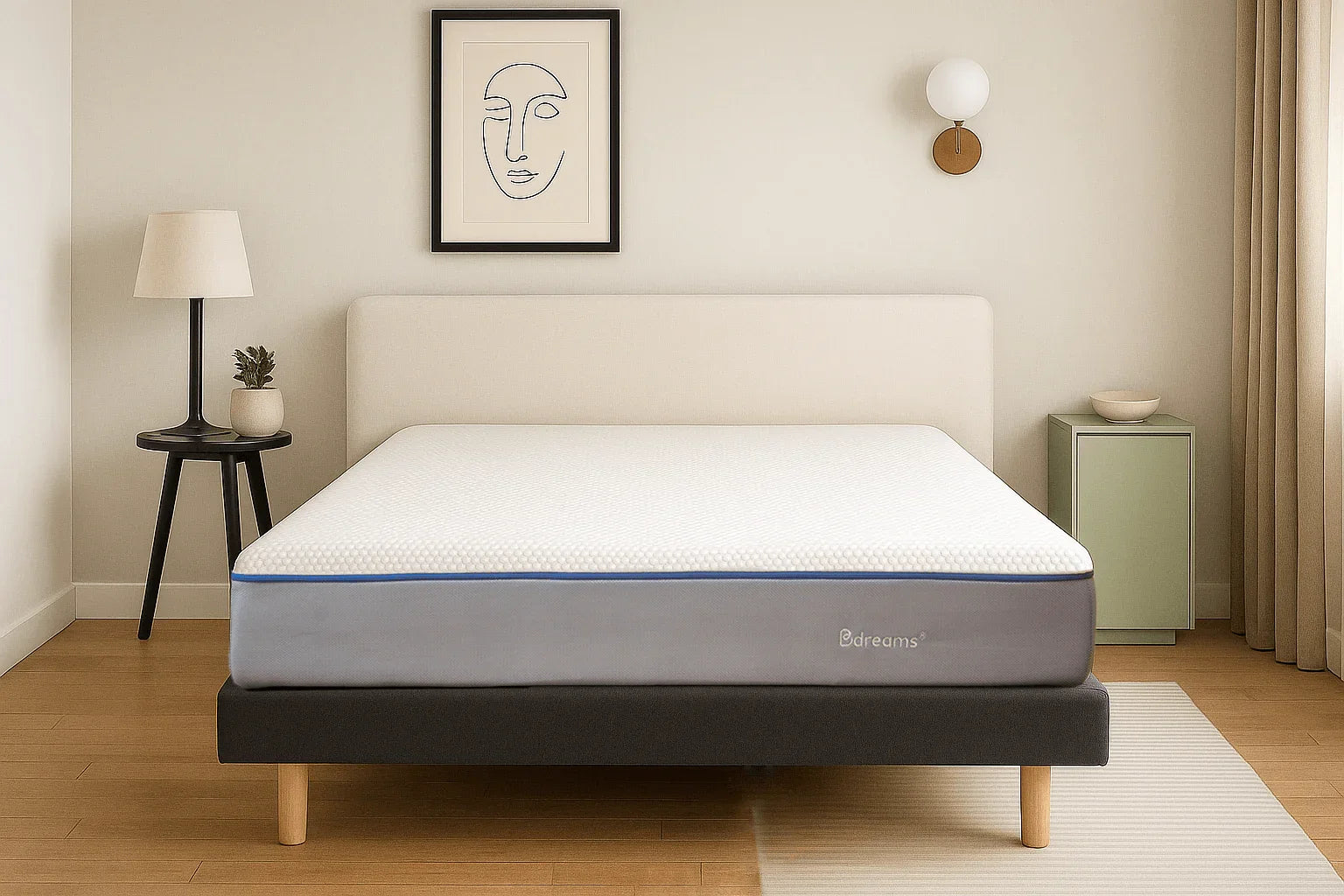
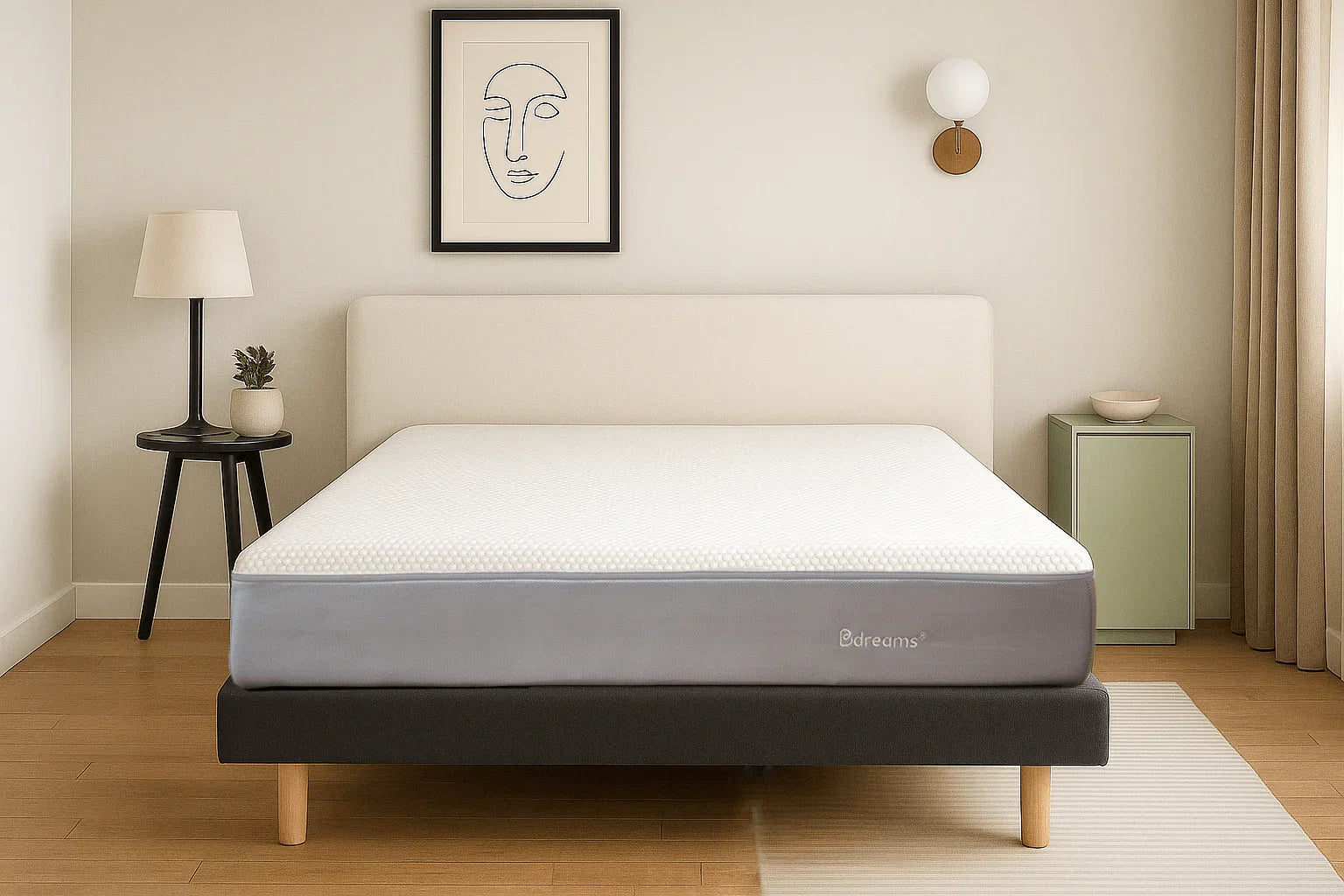
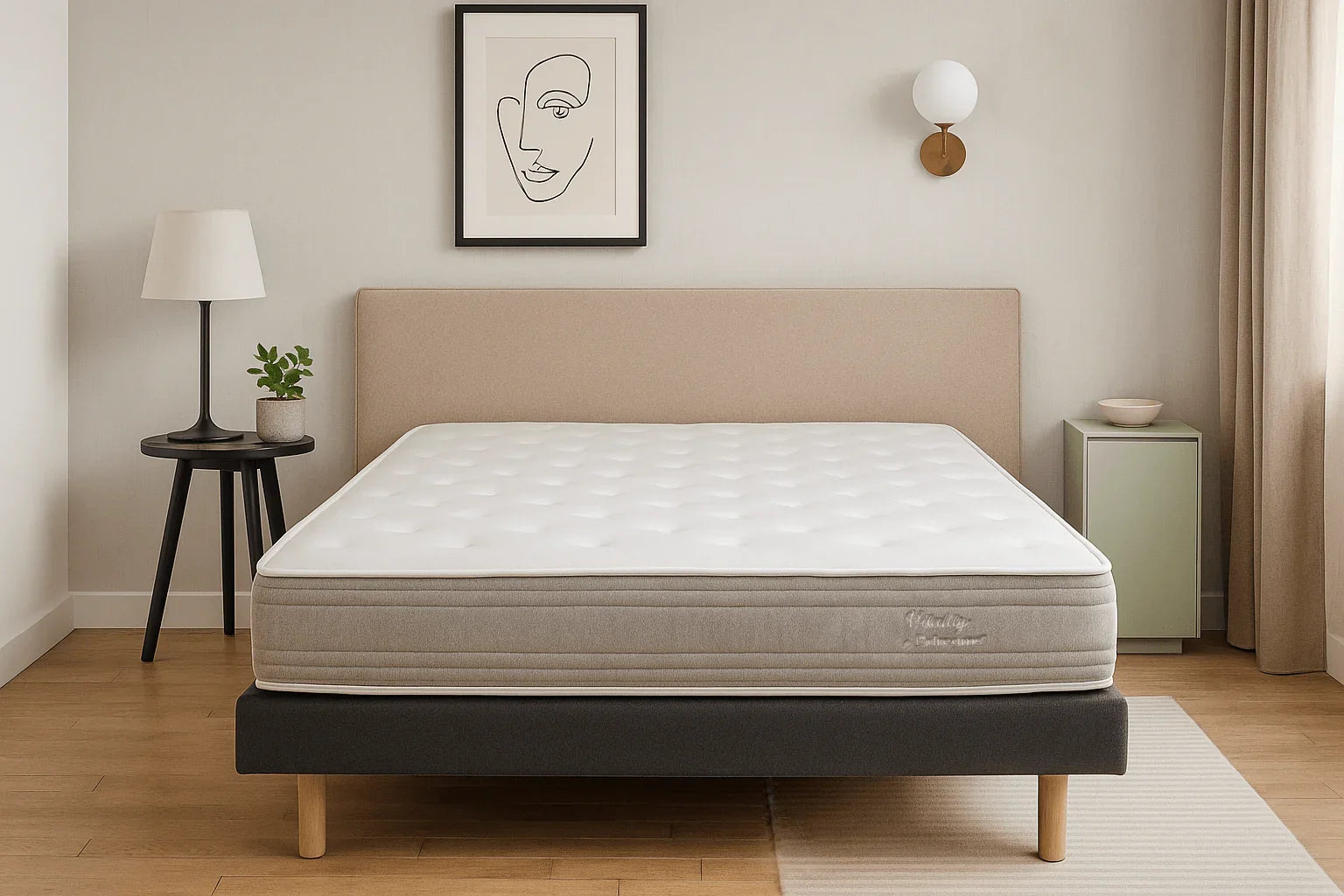
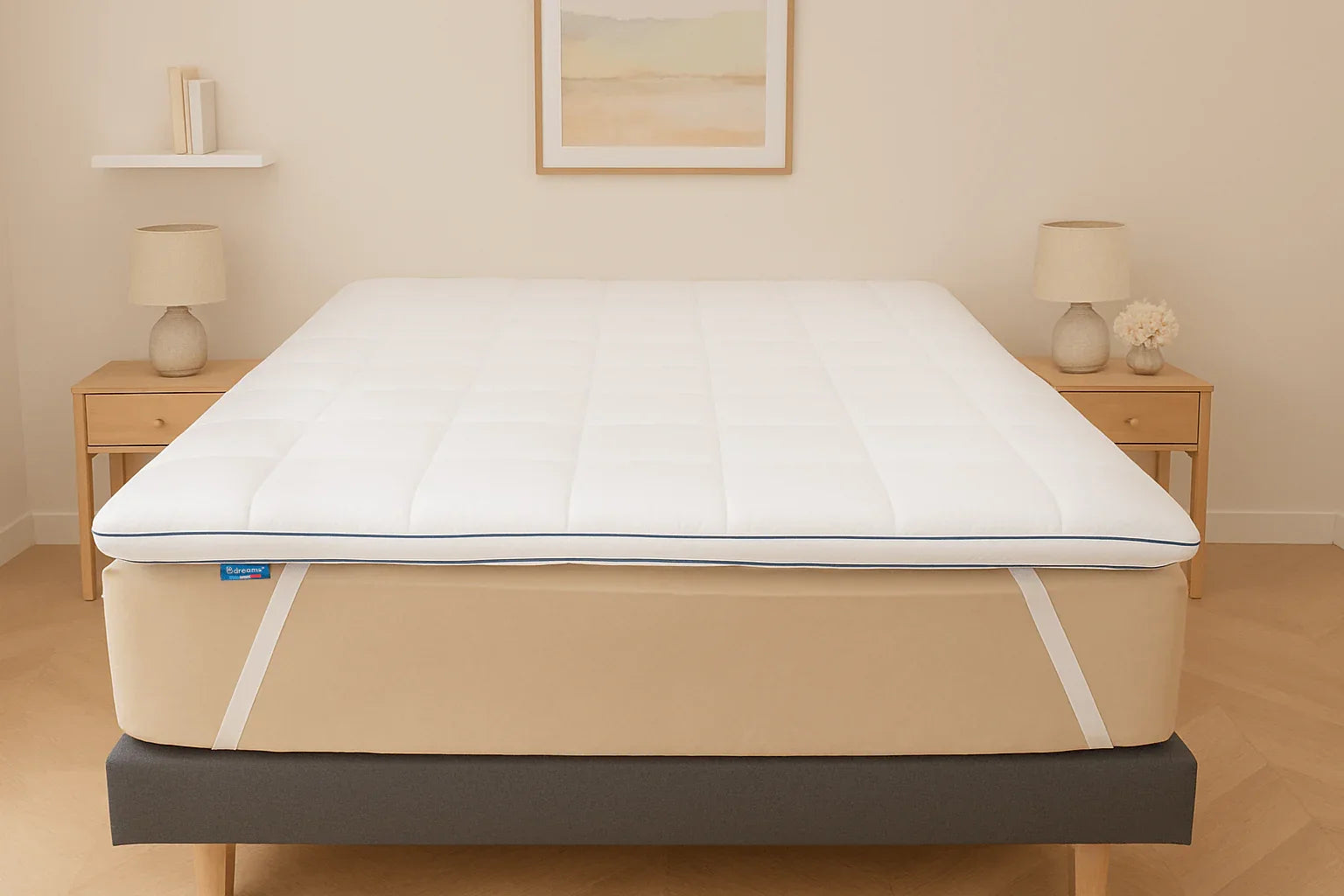
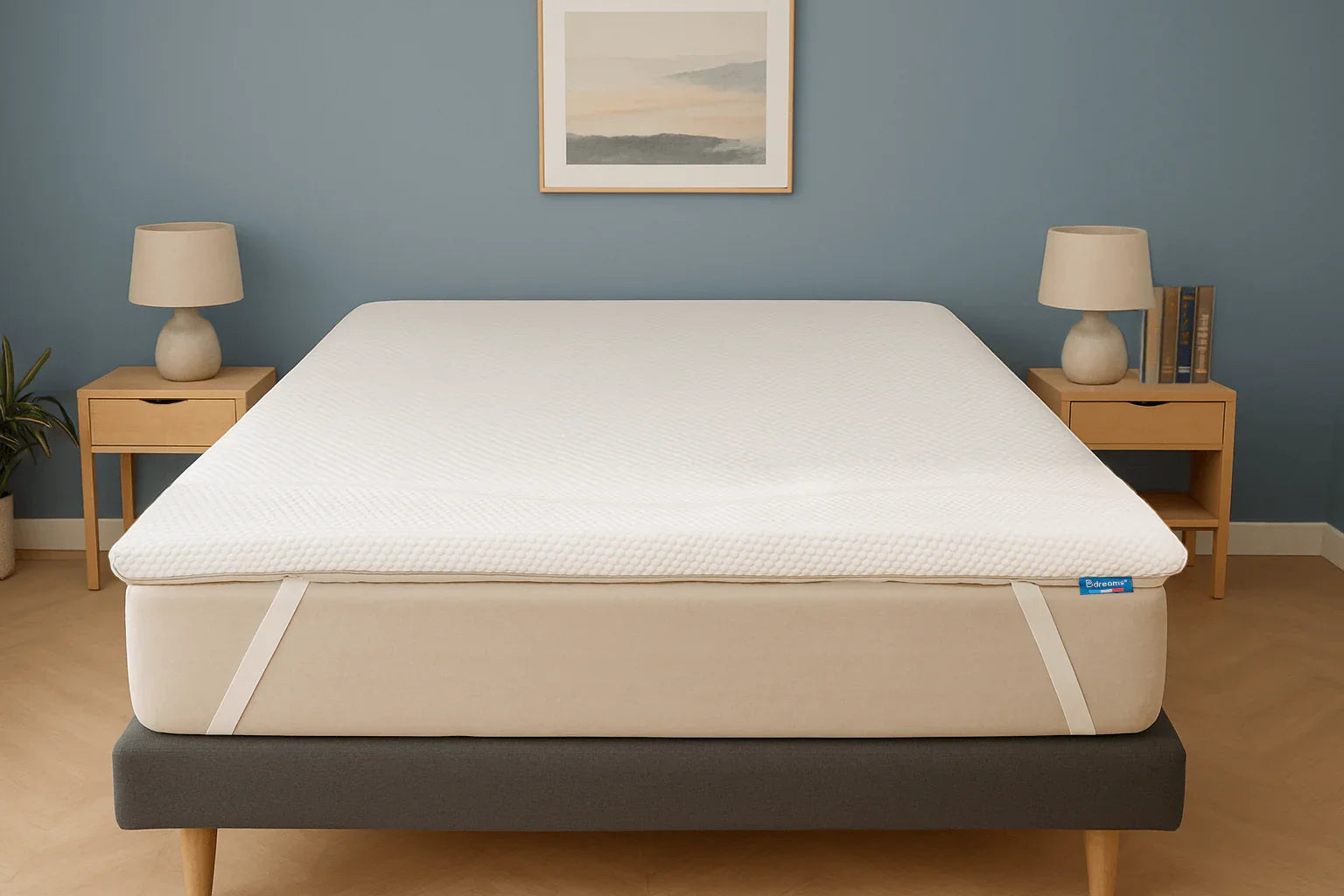
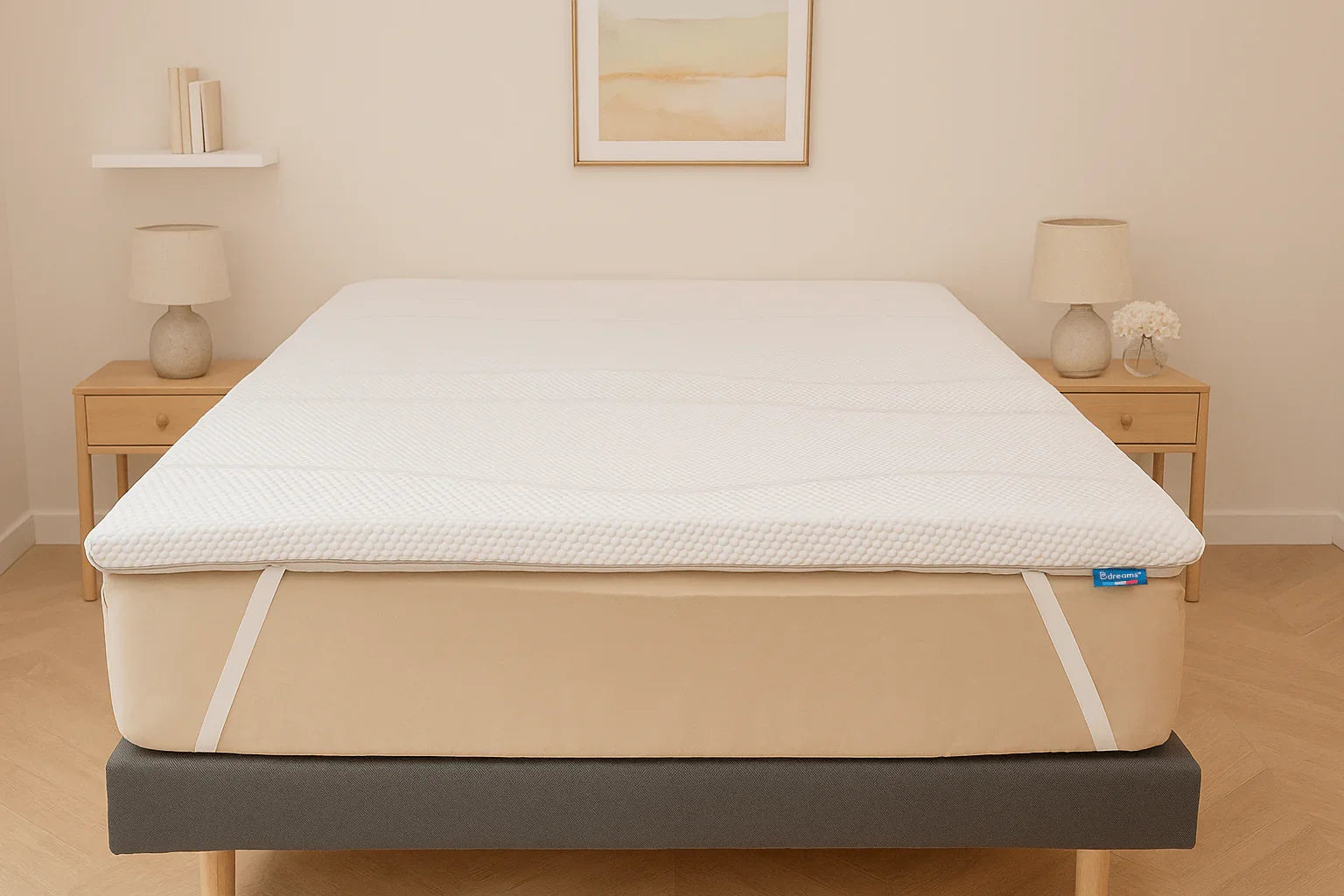
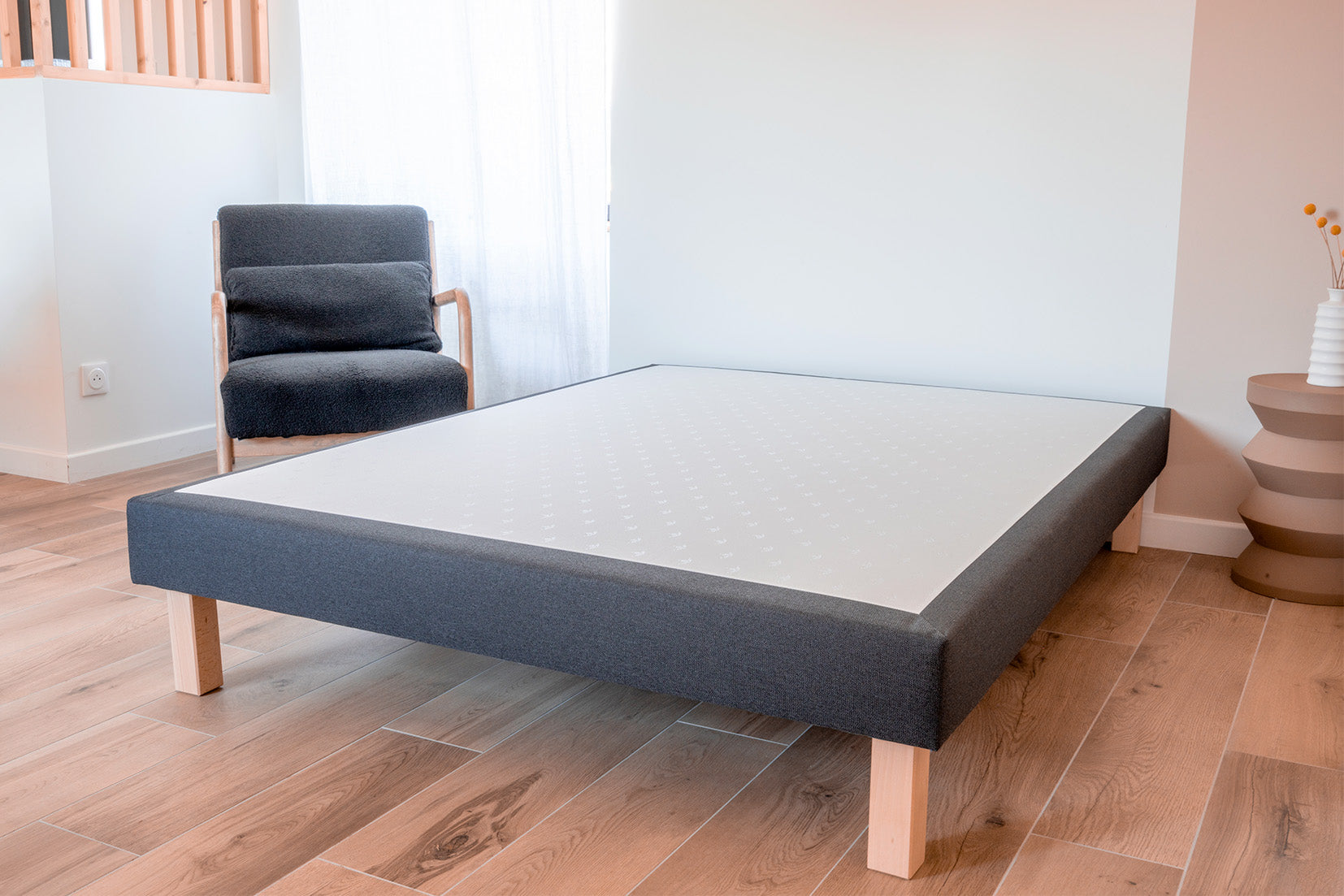
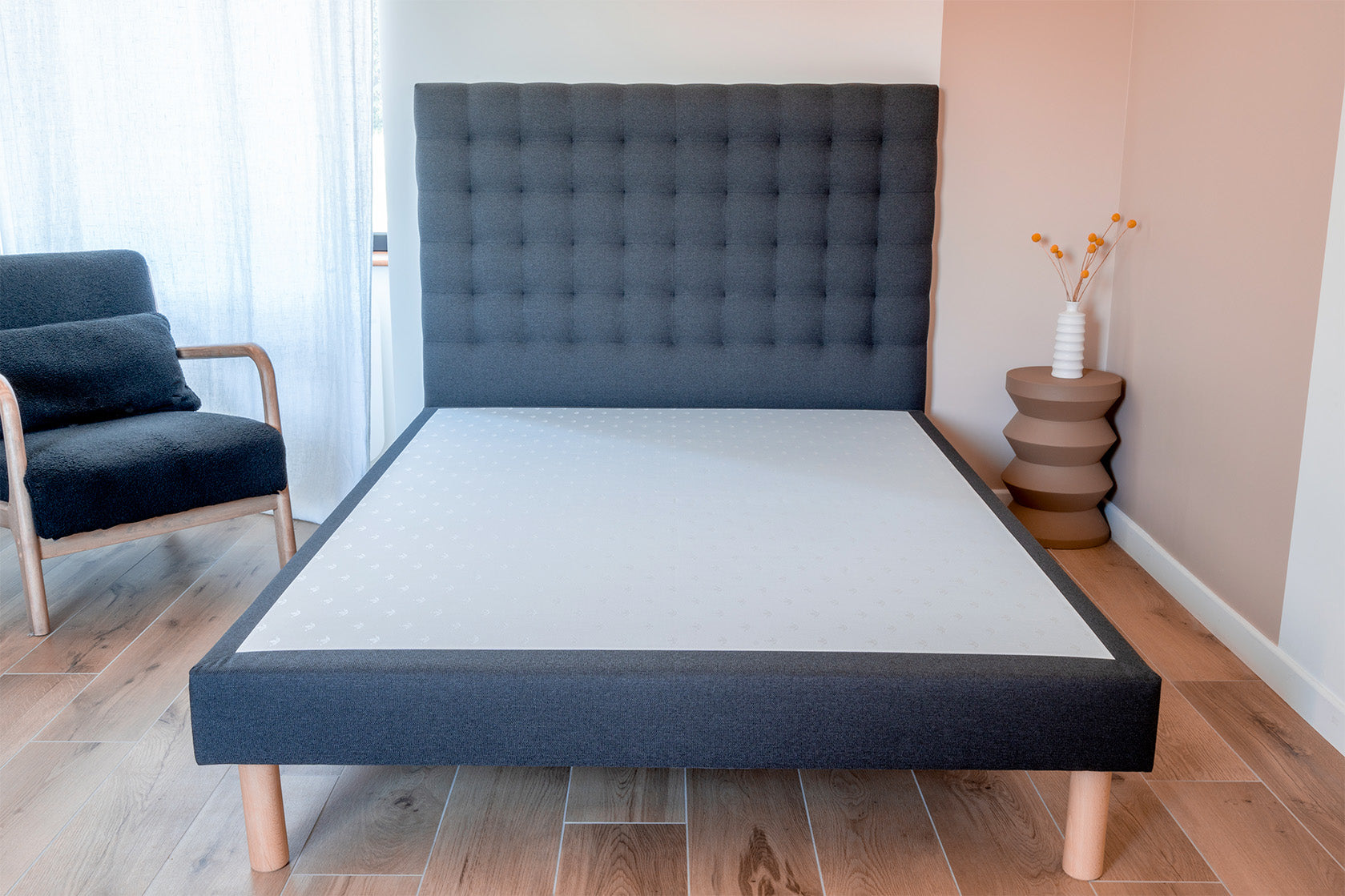

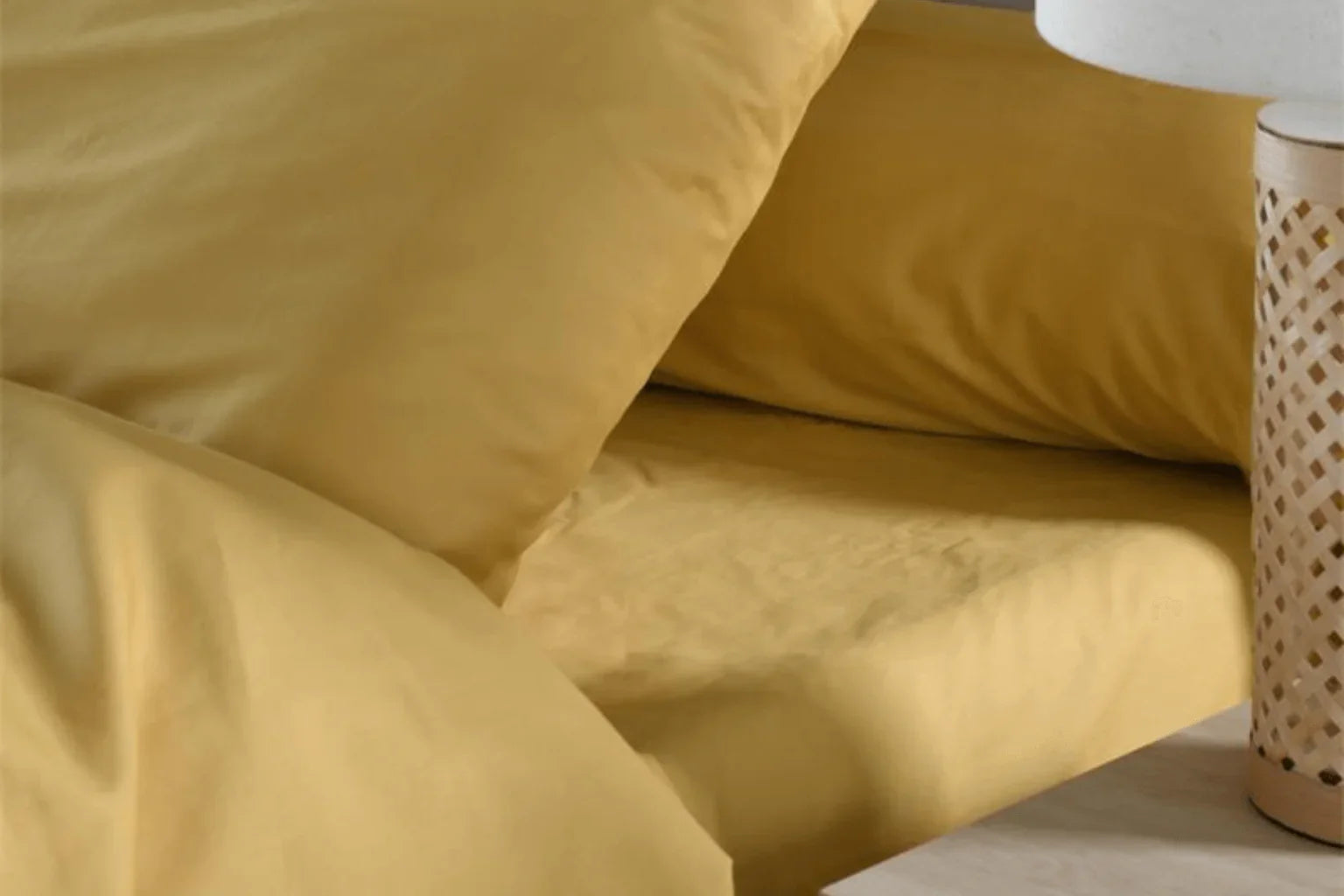

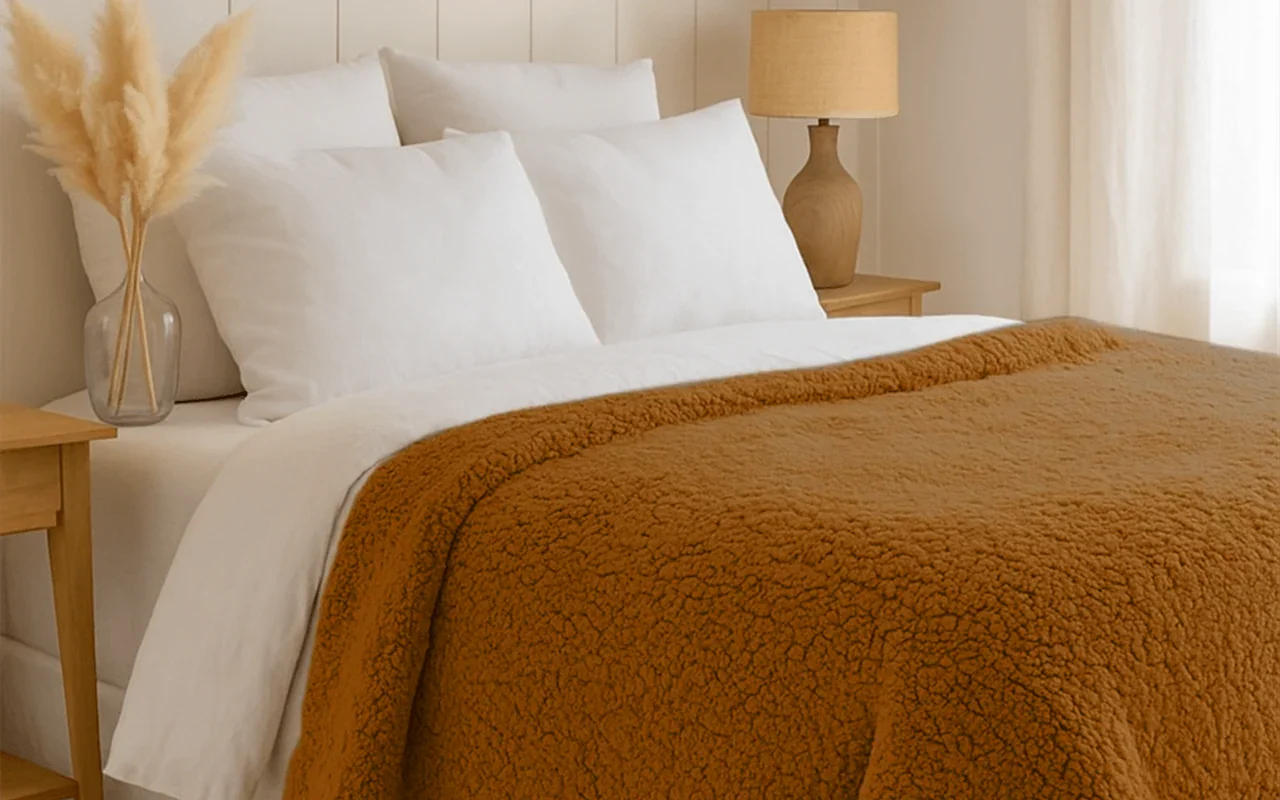





Leave a comment
This site is protected by hCaptcha and the hCaptcha Privacy Policy and Terms of Service apply.